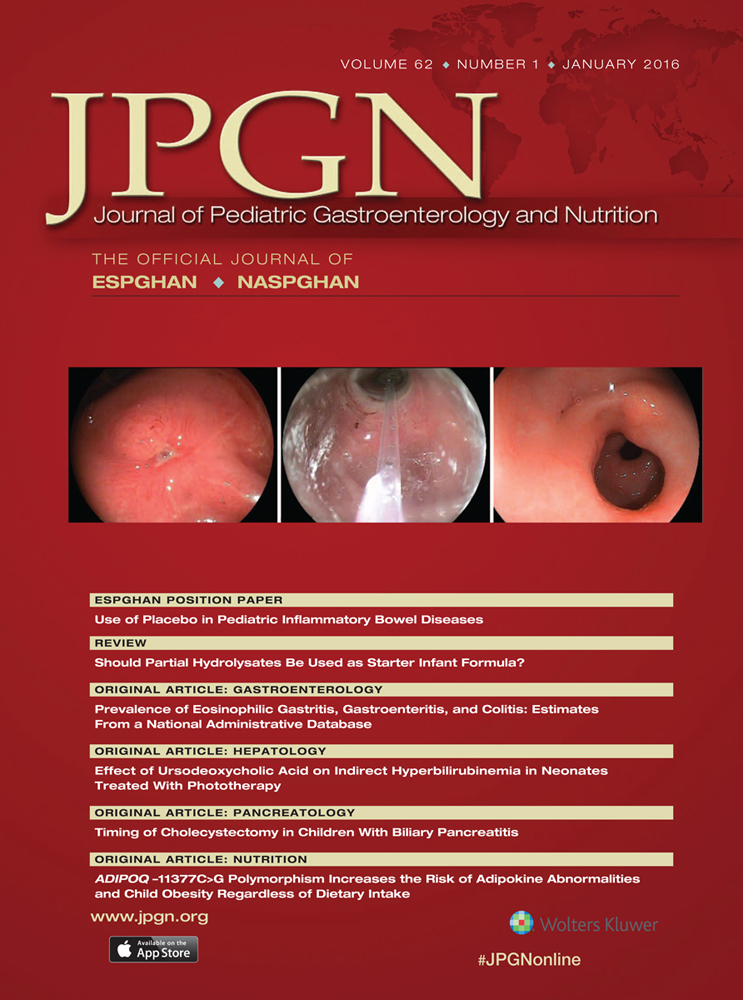Leopard Skin–Like Colonic Mucosa
A Novel Endoscopic Finding of Chronic Granulomatous Disease–Associated Colitis
This work was supported in part by the Health and Labor Sciences Research Grants, Research on Intractable Diseases from the Ministry of Health, Labor, and Welfare, Japan.
The authors report no conflicts of interest.
ABSTRACT
Background:
Chronic granulomatous disease (CGD) is a rare inherited disorder in which phagocytes are unable to eradicate pathogens because of a deficit of nicotinamide adenine dinucleotide phosphate oxidase. Among CGD patients, ∼30% to 50% develop severe gastrointestinal tract symptoms. Although characteristic histologic findings of CGD-associated colitis have been reported, information on endoscopic features remained vague.
Methods:
A total of 8 male patients with CGD (ages 2–23 years) from 2 Japanese institutions underwent colonoscopy for the evaluation of their fever, diarrhea, bloody stool, and abdominal pain. The endoscopic and histologic findings were retrospectively reviewed.
Results:
The endoscopic findings of CGD-associated colitis appeared varied. Notably, brownish dots over a yellowish edematous mucosa were observed in 3 of the 8 patients. Prominent pigment-laden macrophages were noted histologically on the mucosa.
Conclusions:
Although nonspecific endoscopic findings of CGD-associated colitis have been reported before, our observation of brownish dots spread across a yellowish edematous mucosa, termed “leopard sign,” could be a unique feature of this condition.




